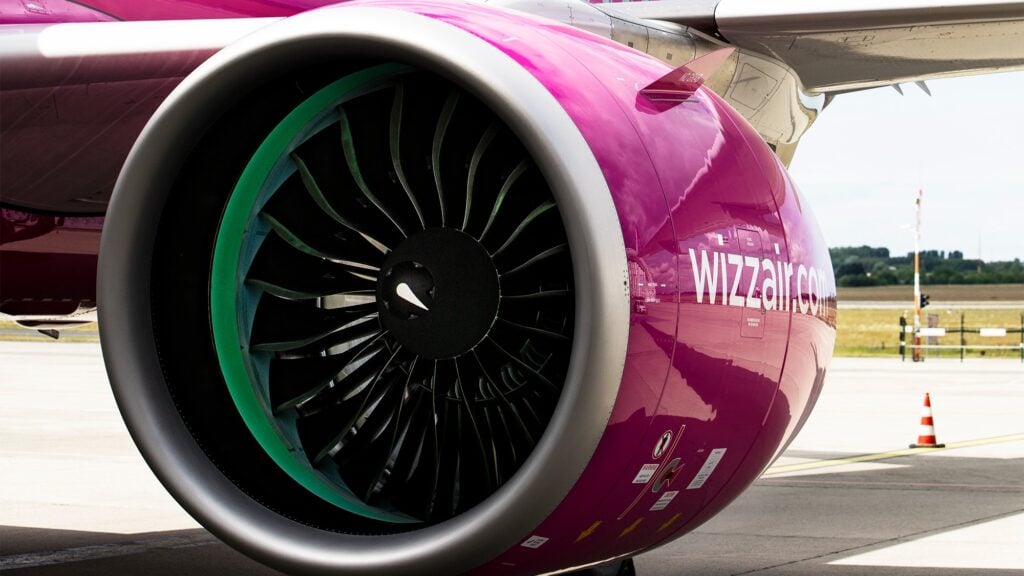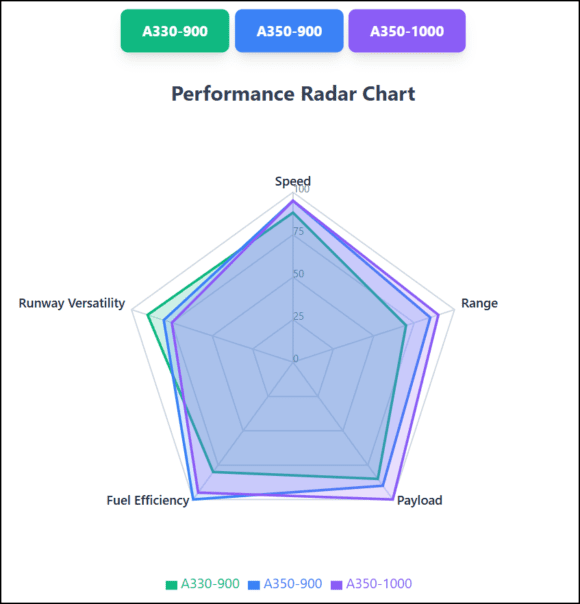
Wizz Air Airbus A320neo
On July 24, 2025, Wizz Air announced its 1Q26 results, with the Hungary-based low-cost carrier ending the three months to June 30, 2026, with a net profit of €38.4 million ($45.1 million), representing an improvement of 3,109.3 % compared to 1Q25. However, its operating profit, despite an 11% capacity growth, dropped to €27.5 million ($32.3 million).
According to József Váradi, CEO of Wizz Air, the airline approached FY26 with two key focus areas: that it operates “in so-called environmentally benign operating environments,” and that it flies in markets where it already has or will have market share. Váradi added that Wizz Air’s core Central and Eastern European markets satisfy both of these criteria, with the carrier developing initiatives to steer its network to focus on these markets.
This includes Wizz Air’s decision to exit the Wizz Air Abu Dhabi joint venture, which was developed in partnership with Abu Dhabi Developmental Holding Company (ADQ), effective September 1, 2025. The decision, announced on July 14, 2025, outlined that this will enable the airline to “redeploy resources to regions with greater long-term potential for sustainable growth and profitability.”
The airline’s CEO added that Wizz Air is attempting to lift the number of grounded aircraft due to engine supply issues while simultaneously retiring as many A320ceo family aircraft as possible. “This will require further modification to our aircraft delivery schedules to reduce our growth rate to levels that support the demand this revised network will require,” Váradi said.
In 1Q26, Wizz Air’s capacity, measured in available seat kilometers (ASK), was up 11% year-on-year (YoY), in line with an 11.7% increase of equivalent operating aircraft of 189, which excludes 38 A321neos grounded due to the Pratt & Whitney PW1100G engine issues, as well as three aircraft stuck in Ukraine. Utilization, namely block hours per operating aircraft per day, was up 5.6% YoY.
However, as of June 30, 2025, Wizz Air had 41 aircraft on ground (AOG) due to the accelerated removals and inspections of the PW1100G engine. The average aircraft that should be placed in short-term storage during FY26 due to the issues with the engine, also known as the Geared Turbofan (GTF), is estimated to be around 35, compared to 44 in FY25, according to the airline.
At the same time, in addition to the accelerated removals and inspections, Wizz Air highlighted that its operations have been negatively impacted by “the poorer than specified performance of the GTF engine, with a significantly lower time on wing (TOW) before an inspection is required.” The carrier stated that this has exacerbated the slot constraints at maintenance, repair, and overhaul (MRO) organizations, forcing it to carry more than twice the number of spare engines it would usually have or be contractually obligated to take.
“Positive news on this front is that the selection agreement signed with Pratt & Whitney in May will give Wizz Air access to additional engines so as to accelerate the return to air of the grounded fleet, with this expected now in F27,” Wizz Air’s statement continued. In Q1 FY25, maintenance costs, which grew by 17% YoY to €111 million ($130.4 million), reflected GTF-related groundings and poor TOW performance, the airline’s presentation outlined.
When RTX, the parent company of Pratt & Whitney, announced its 1Q25 results on July 22, 2025, Chris Calio, the CEO of RTX, stated that the PW1100G’s MRO output increased by 22% YoY, even though there was a four-week stoppage at the engine maker in May. Calio added that this, in addition to the increasing output of GTF engines, was key “to continuing to move the AOGs down here in the second half of the year.”
The airline’s overall operating expenses went up 15% to €1.401 billion ($1.646 billion), while total revenue increased by 13.4% YoY to €1.428 billion ($1.677 billion), resulting in an operating profit of €27.5 million ($32.3 million). Compared to 1Q25, that is a decrease of 38.3%.
During 1Q26, Wizz Air welcomed 17 million passengers, with revenue per ASK (RASK) growing 2.1% to 4.41 euro cents, up 2.1% YoY, while costs per ASK (CASK) ballooned by 3.8% to 4.46 euro cents. The low-cost carrier stated that its operating profit declined due to higher airport, handling, and en-route charges, as well as depreciation costs and groundings of its GTF-powered A320neo family aircraft.
Looking forward, Wizz Air’s outlook indicated that 2Q26 capacity, measured in ASKs, should be up in the high single digits, while load factors should remain flat YoY. RASK and CASK should be flat and down in the high single digits, respectively, with ex-fuel costs improving compared to 1Q26.
Views: 396



